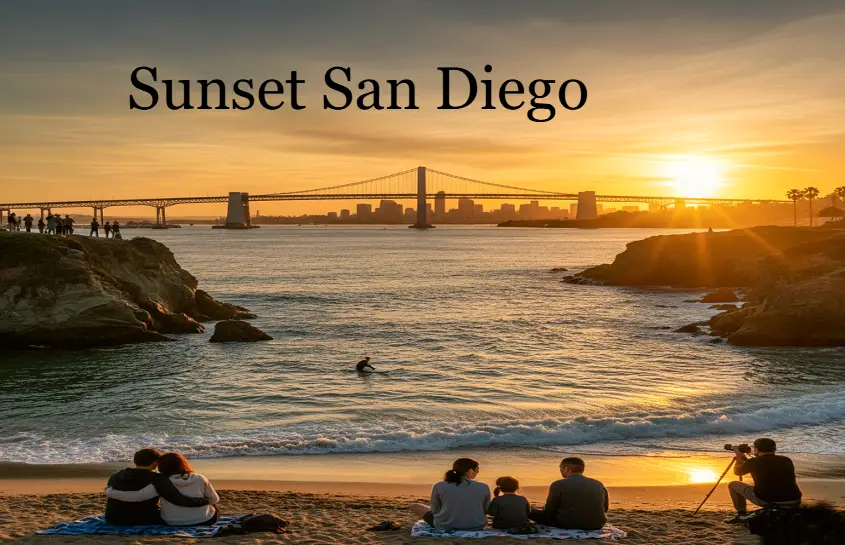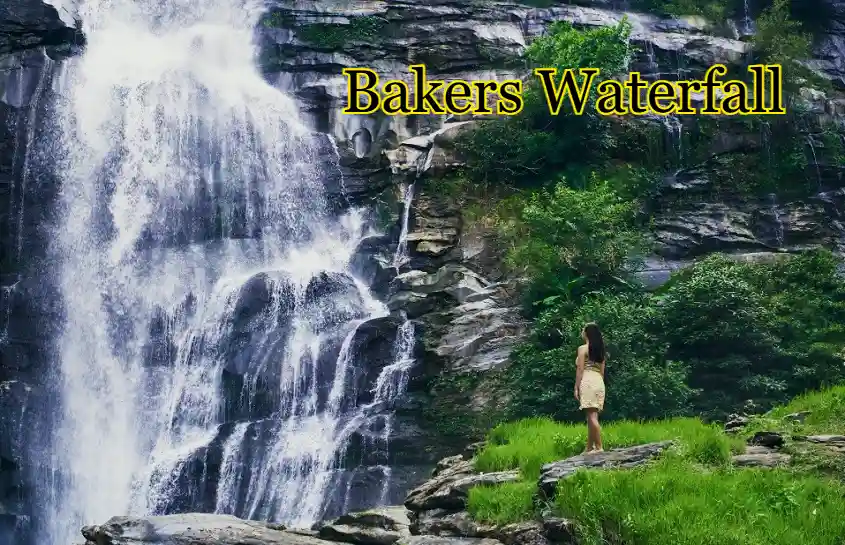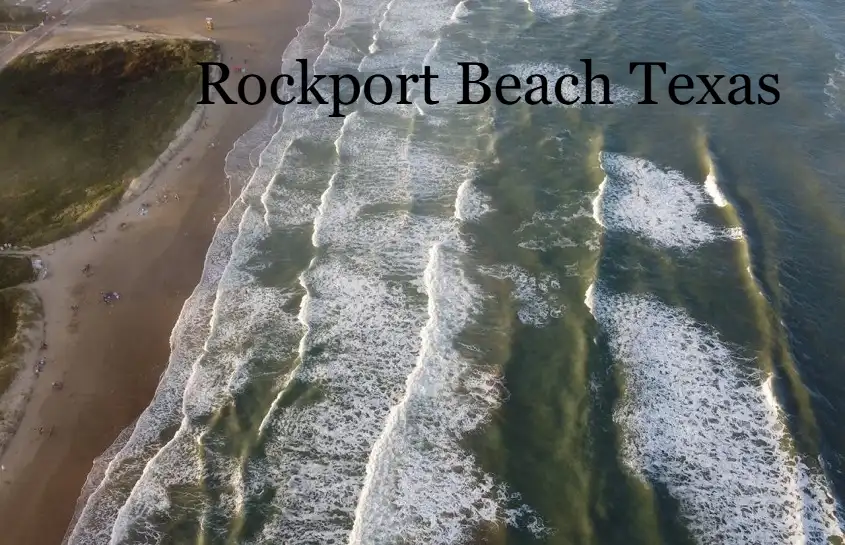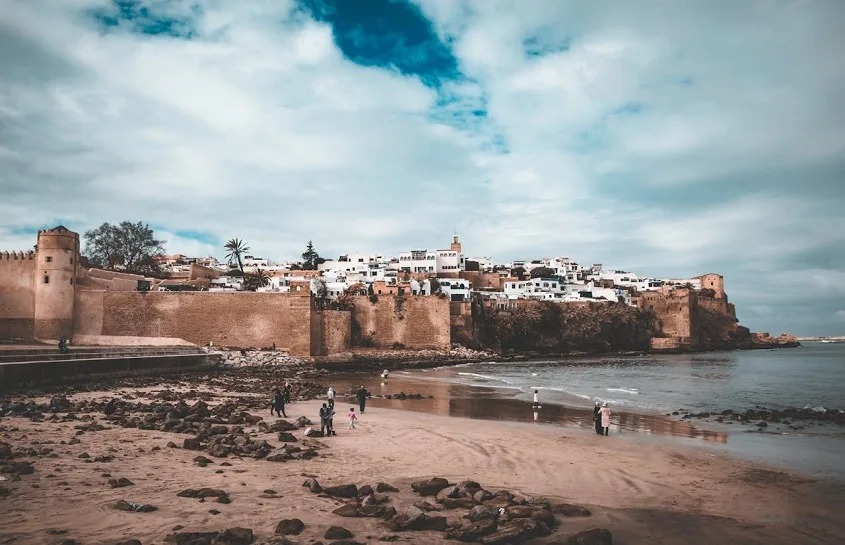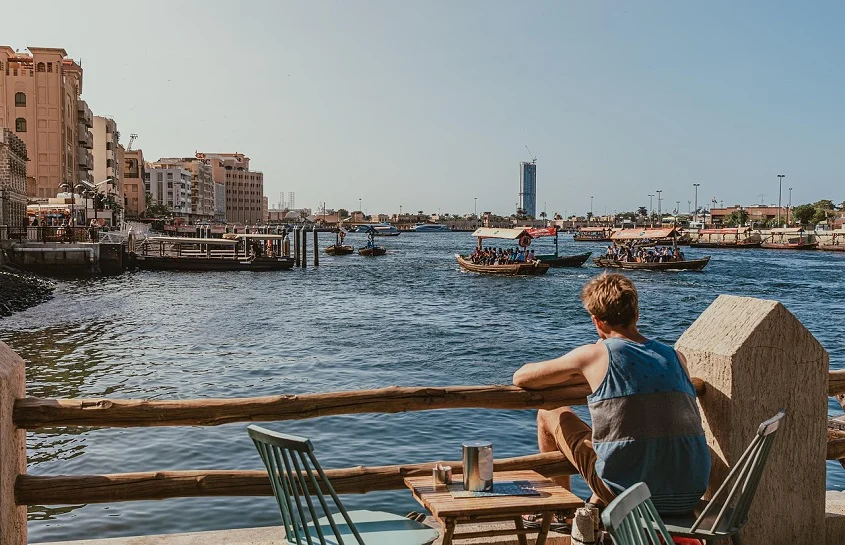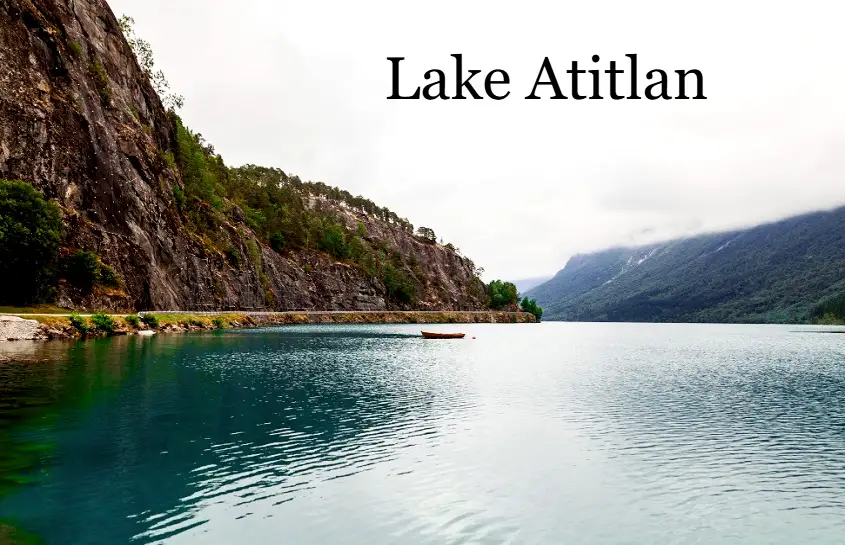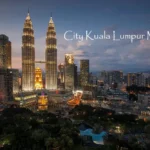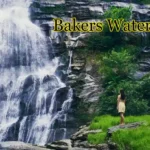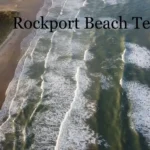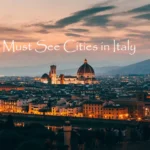Exploring Lake Atitlan Guatemala: The World’s Most Beautiful Lake?
Let’s be honest, calling any place “the most beautiful in the world” is a big claim. But when you’re standing on the shore of Lake Atitlan Guatemala, watching the morning mist lift off the water to reveal three perfect volcanoes, you start to get it. I’ve been there, and the photos don’t do it justice. It’s a feeling. This isn’t just a pretty picture; it’s a place that gets its hooks into you. So, is the title deserved? Let’s take a closer look.
A Landscape Forged by Fire: The Geology of Lake Atitlán
First, you have to understand this isn’t your average lake. This whole area was once a single, massive volcano. Then, tens of thousands of years ago, it blew its top in one of the biggest eruptions ever. The mountain collapsed into the space below, creating a giant bowl—a caldera. That bowl slowly filled with rain. What’s left is a body of water so deep and so vast it feels more like an inland sea. The volcanoes you see today—Atitlan, Toliman, and San Pedro—are younger peaks that grew up inside that ancient crater. It’s a landscape built on drama.
The Soul of the Lake: Exploring the Indigenous Villages
The scenery is stunning, but the real heart of Lake Atitlan Guatemala is found in its villages. Each one around the shore has a totally different vibe. Panajachel, or “Pana,” is where most people start. It’s a bit busy, but useful. Then you jump on a boat. San Pedro is for the backpackers and party crowd. It’s loud, fun, and cheap. Across the water, San Marcos is the polar opposite—all yoga, quiet cafes, and meditation. It’s incredibly peaceful.
Figuring out where to stay Lake Atitlan is the big question. Do you want a social hostel or a quiet retreat? The Lake Atitlan hotels vary wildly. You can find a basic room for a few dollars or a stunning Lake Atitlan hotel perched on a cliff with an infinity pool. My advice? Maybe split your time. Stay in a quieter spot like Santa Cruz for a few nights, then head to San Pedro for some energy. It’s easy to get around by boat.
What is so special about Lake Atitlan?
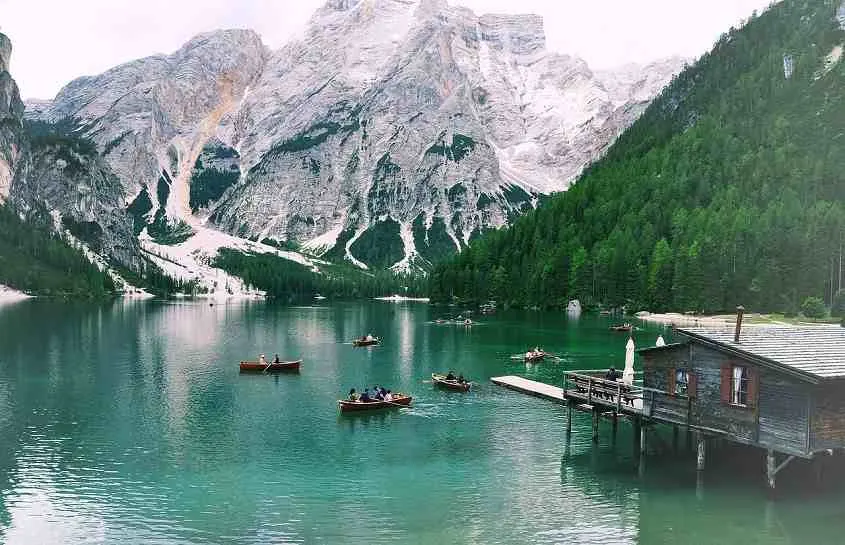
So, what’s the big deal? It’s the mix. One minute you’re hiking up a volcano, sweating and out of breath. Next, you’re in a village market, listening to the clack of backstrap looms and bargaining for beautiful textiles. You can be kayaking in total silence one morning and learning to make chocolate from a local family that afternoon. The Guatemala Lake Atitlan experience isn’t passive. You don’t just see it; you feel it. There’s a buzz in the air, a kind of energy that’s hard to pin down. Some people call it magical. I think it’s just alive.
Adventures on and Around the Water
You won’t be bored. The boats are an adventure themselves. The lanchas are these little wooden speedboats that zip between villages. It’s the best way to see the scale of the place. For something more active, rent a kayak early in the morning before the wind picks up. The water is like glass. The hike up Volcán San Pedro is a tough one, but the view from the top is something you’ll never forget. Just hire a guide—it’s safer and you help the local economy.
Is Lake Atitlan the deepest lake?
I wondered this too. It’s not the deepest in the world (that’s Lake Baikal in Russia), but it’s no puddle. Lake Atitlan Guatemala is actually the deepest lake in all of Central America. They say it plunges over 1,000 feet in places. That depth is what gives it that intense, almost navy blue color. It adds to the mystery, for sure.
The Legends and Mysteries: What is the lost city under Lake Atitlan?
Okay, this is the cool part. There are old stories about a city under the water. For a long time, it was just a legend. Then, a local diver found something. He discovered a place called Samabaj, which was a Maya site on what used to be an island. It’s not a giant city, but more of a ceremonial spot. Experts think the lake level rose or the land sank, flooding it about 2,000 years ago. So, there really is a “lost” place under there. It makes you look at the water a little differently, doesn’t it?
Practical Tips for Your Visit
A few quick tips from my trip. The best weather is from November to April—sunny and clear. The rainy season is still nice, but you might get afternoon storms. Take cash; many places don’t take cards. And please, be respectful. This is a living culture, not a museum. Ask before taking photos of people. Buy directly from the artisans. It makes a difference.
Conclusion
So, back to the original question. Is Lake Atitlan Guatemala the world’s most beautiful lake? I don’t know if I can objectively say that. But I can tell you it’s one of the most memorable places I’ve ever been. The beauty isn’t just something you see; it’s something you experience in the cool air, the taste of fresh tortillas, and the sound of the boat engine carrying you to your next adventure. That, to me, is even better.

